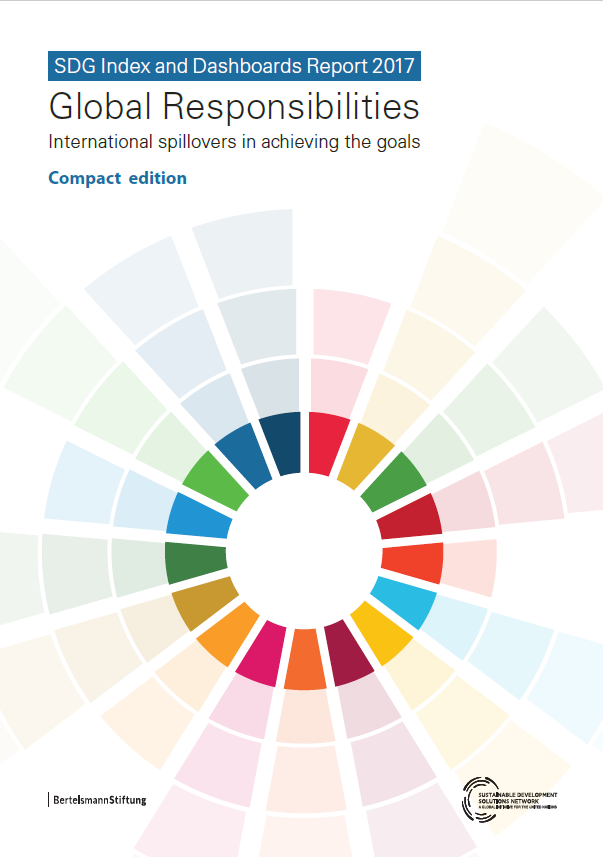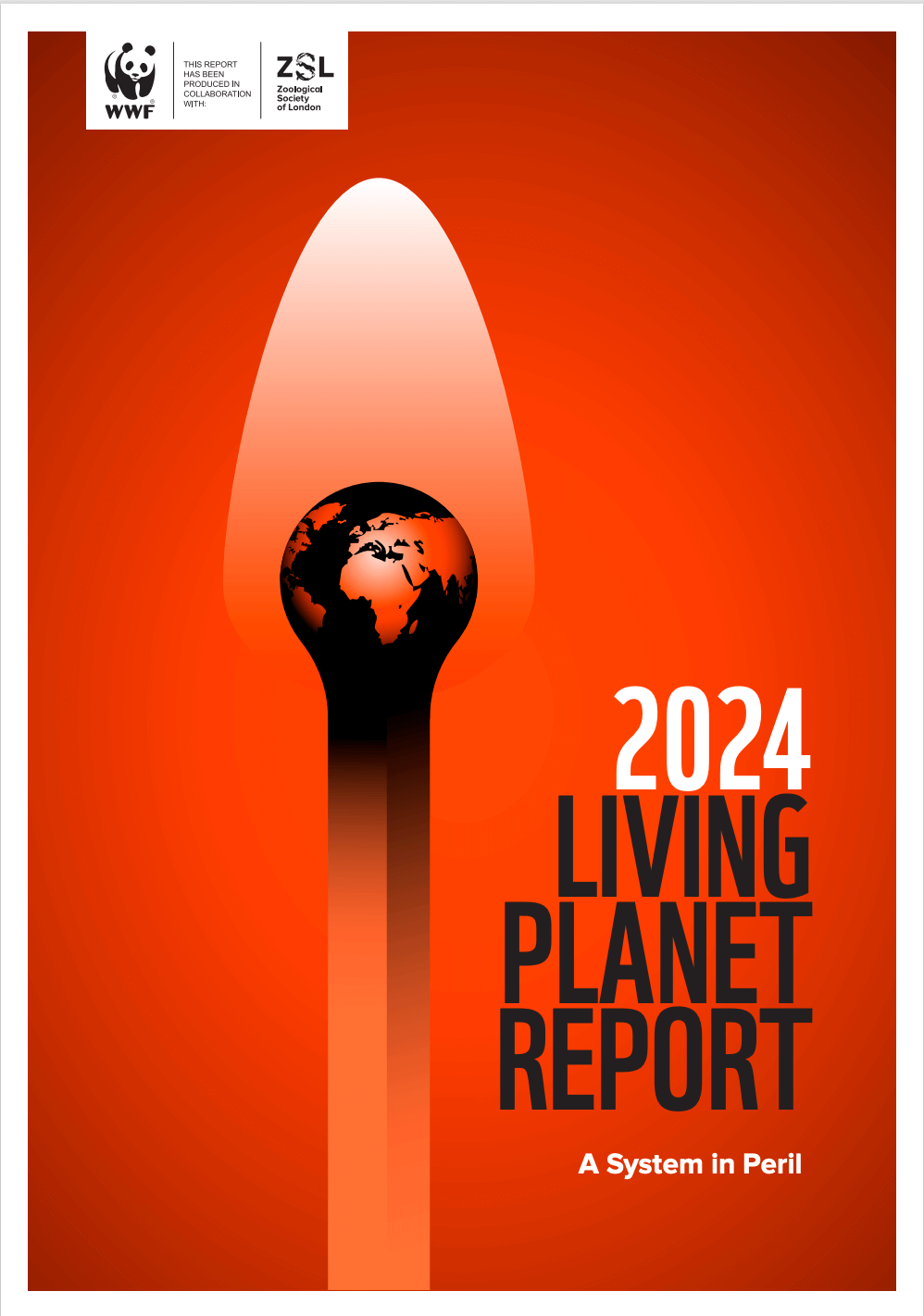Living Planet Report. A System in Peril
Detalles
Nature is being lost, with huge implications for all of us. Biodiversity sustains human life and is the foundation of our societies. However, all indicators that track the state of nature globally show a decline. Over the past 50 years (1970–2020), the average size of monitored wildlife populations has declined by 73%, according to the Living Planet Index (HPI). This is based on nearly 35,000 population trends and 5,495 species of amphibians, birds, fish, mammals, and reptiles. Freshwater populations have suffered the most drastic declines, with a decline of 85%, followed by terrestrial (69%) and marine (56%) populations.
Regionally, the fastest declines have been seen in Latin America and the Caribbean, with a worrying decline of 95 percent, followed by Africa (76 percent) and Asia and the Pacific (60 percent). Declines have been less dramatic in Europe and Central Asia (35%) and North America (39%), but this reflects the fact that large-scale impacts on nature were already evident before 1970 in these regions: some populations have stabilized or increased thanks to conservation efforts and species reintroductions. Habitat degradation and loss, driven primarily by our food system, is the most reported threat in each region, followed by overexploitation, invasive species, and disease. Other threats include climate change (most cited in Latin America and the Caribbean) and pollution (particularly in North America and Asia and the Pacific).
By monitoring changes in the size of species populations over time, the IPV acts as an early warning indicator for extinction risk and helps us understand the health of ecosystems. When a population falls below a certain level, that species may not be able to perform its usual function within the ecosystem, whether it be seed dispersal, pollination, grazing, nutrient cycling, or many other processes that keep ecosystems functioning. Long-term stable populations provide resilience to shocks such as disease and extreme weather events; a decline in populations, as shown in the global LPI, decreases resilience and threatens ecosystem functioning. This, in turn, undermines the benefits that ecosystems provide to people, from food, clean water, and carbon storage for a stable climate to the broader contributions nature makes to our cultural, social, and spiritual well-being.
Dangerous tipping points approaching
The LPI and other similar indicators show that nature is disappearing at an alarming rate. While some changes may be small and gradual, their cumulative impacts can trigger larger, faster change. When cumulative impacts reach a threshold, change becomes self-perpetuating, resulting in substantial, often abrupt, and potentially irreversible changes. This is called a tipping point.
In the natural world, several tipping points are highly likely if current trends are allowed to continue, with potentially catastrophic consequences. These include global tipping points that pose serious threats to humanity and most species, and that would damage Earth's life support systems and destabilize societies everywhere. Early warning signs indicate that several global tipping points are rapidly approaching:
• In the biosphere, the mass die-off of coral reefs would destroy fisheries and storm protection for hundreds of millions of people living on the coasts. The tipping point of the Amazon rainforest would release tons of carbon into the atmosphere and alter weather patterns around the world.
• In ocean circulation, the collapse of the subpolar gyre, a circular current south of Greenland, would dramatically change weather patterns in Europe and North America.
• In the cryosphere (the frozen parts of the planet), melting of the Greenland and West Antarctic ice sheets would trigger a sea level rise of several meters, while large-scale thawing of permafrost would lead to vast emissions of carbon dioxide and methane.
Recursos relacionados

The EU Taxonomy’s uptake on the ground
The EU Taxonomy, a classification system, is an important market transparency tool that helps direct investments towards the activities most…



